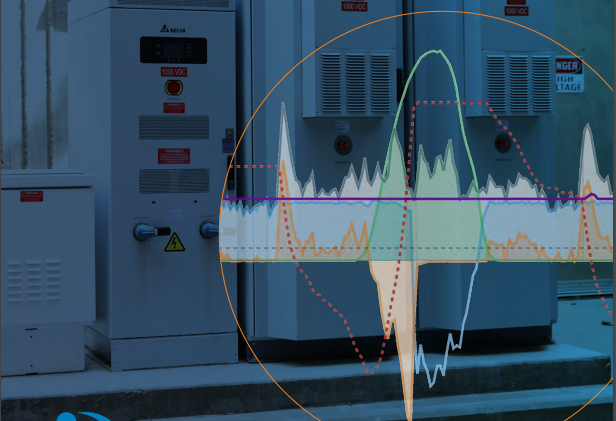The Energy Toolbase team published awhitepaper on our Acumen EMS™ controls software to increase transparency into how energy management system software operates and maximizes economic value capture in the field. One of the sections within that report was on lessons that our team has learned from commissioning and operating a fleet of energy storage systems. Since early 2020, ourAcumen EMS energy storage controls business has grown substantially, and we’ve gained numerous valuable insights on how to prevent operational performance risks and maximize value capture over the system’s life. As we continue working through these issues and challenges in the field, we continuously apply what we’ve learned and are committed to freely sharing our findings with others. Our main conclusions are categorized into three sections: Maximize System Uptime; Validate and Retrain the Model; and Start with Quality Rate Data.
Maximize System Uptime
System reliability and availability are essential to maximizing the return on investment of an ESS project. It’s critical to ensure that all hardware and software are functional and performing to expectation. From our early pilot deployments, we learned that ESS hardware is susceptible to going offline, which can be caused by different reasons. In some scenarios, an outage results from communication discrepancies between the power conversion system, battery management system (BMS), energy management system (EMS), and battery packs or cells. We’ve also seen instances where outages stem from errors with any of these components rather than the connection between them. Regardless of the cause, customer savings will be negatively impacted if a system goes offline because the ESS is rendered idle, neither charging nor dispatching. In some cases, ESS hardware issues are out of our immediate control, yet we still take responsibility for getting the system back online. Our ops team has become very efficient at remotely diagnosing system errors and assessing requirements to make systems fully operational again. Our team has evolved to taking a direct, hands-on approach to resolving problems, working with hardware vendors, developers, and asset owners.
Validate and Retrain the Model
Over time, site usage patterns and utility price signals will vary, making it necessary to retrain our Acumen EMS model regularly for it to learn new patterns. Utility rate tariffs and NEM rule changes are not uncommon. New customer usage patterns can sometimes be noteworthy, especially when considering newly installed manufacturing equipment like electric vehicle chargers. Our operations saw considerable COVID-related occupancy behavior changes, which led to markedly different building usage patterns during 2020 and 2021. Retraining the model enables Acumen EMS to learn new site usage patterns, identify avoided cost opportunities, and dispatch an ESS designed to optimize your ROI.
For Acumen EMS to optimize financial returns, our operations team conducts standard performance reviews for new deployments at the 3-, 6-, and 12-month mark. Comparing actual system performance to the best possible performance allows Energy Toolbase to adapt control algorithms to improve economic performance over time, which we detailed in a previous blog:Using Perfect Foresight Algorithms to Determine How Efficiently an Acumen EMS-controlled Energy Storage Project is Operating in the Field.
Start with Quality Rate Data
To optimally monetize ESS assets, it’s necessary to deeply understand the NEM framework and utility rate tariff the customer is on. Throughout the sales process, project developers utilize quality rate data to create precise financial analyses to inform customer proposals. During project operations of an energy storage asset, AI and machine learning models depend on accurate rate data to effectively dispatch stored energy for maximum returns. Since our company’s inception, one of our core competencies is to maintain a comprehensive, accurate, and up-to-date dataset of utility rates in the markets where our developers build projects. Today, our data team maintains over 100,000 unique utility rate schedules globally within our database. Our data team tracks and indexes incentive programs and NEM specs like export rates, non-bypassable charges, and true-up schedules.
Energy Toolbase has never utilized third-party application programming interfaces (APIs) for utility rates. Instead, we track and update these internally, allowing us to define the data structures for various utility billing methodologies, enabling our control algorithms to dispatch against different price signals efficiently. By creating data structures compatible with our entire product suite, we can backtest and simulate to confirm our Acumen EMS optimizes correctly according to current price signals.
Our rates team strives to maintain a highly accurate rates database by continuously monitoring and improving the quality assurance and validation procedures for updating rates globally. On average, our data team updates over 1,000 rates per month, supporting our customers with any rate-related inquiries such as custom rate creation.
Check out the full whitepaper we published in March of this year:Monetize Your Energy Storage Asset – Demystifying How Acumen EMS™ Reliably Dispatches to Achieve Optimal Financial Returns. Watch our product video to learn more about Acumen EMS control software.

